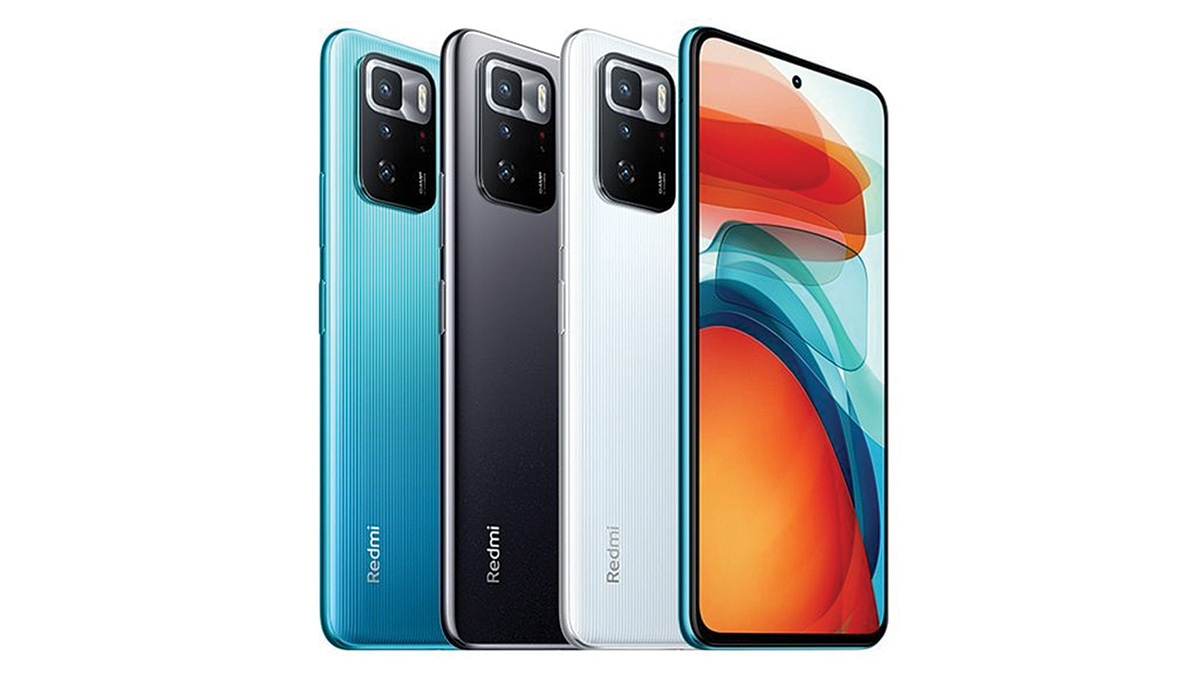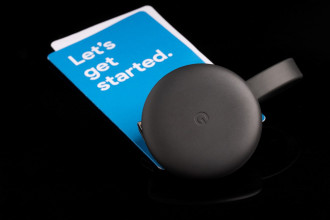
A week before I purchased the Redmi Note 10 Pro as my daily driver, a dear friend said goodbye to his Redmi Note 5 for an iPhone Xs Max. And the Note 5 he had was handed down to his teenage brother, who is still more than happy with how the phone performs.
Not to set an unrealistic expectation, the Xs Max was still a massive upgrade, leaps and bounds ahead of the Redmi Note 5. Surprisingly, it was not as far ahead as you would think from the Note 10 Pro. Also, what I did come to realise was that the Chinese smartphone manufacturers had finally grown out of the age-old stigma of unreliability and cheap builds. They had for quite a while. It just took a moment for us to notice.
The Note series from Xiaomi played a pivotal role in changing the narrative.
Going back to my purchase decision, I have to admit that in a room full of iPhones and Samsungs, opting for a Xiaomi was not the easiest decision. You have to admit, someone who writes about gadgets for a living is expected to be on the bleeding edge, and a thirty-something-thousand phone does not really paint that picture. But hear me out here!
When I began the hunt for a new smartphone, there were five parameters that it had to fulfil:
a smooth display
a reliable camera system
a capable processor
all-day battery
an ergonomic design
Having used the 120 Hz on my previous devices, I knew that I couldn’t go back to a 60 Hz panel. It’d simply be too choppy. Of course, I had to keep my Instagram posts and Snapchat stories fresh. I am a casual gamer, and anything that cannot handle my midnight FPS adventures wouldn’t do. And, the all-day battery and ergonomic design were no-brainers.
And thus far, the Note 10 Pro hasn’t disappointed. But then again, I knew what I was getting into.
The Redmi Note 10 Pro packs a 120 Hz AMOLED display that can peak at 1200 nits but maxed out at 700 nits. Meaning, it can still be crisp even in direct sunlight. The camera hardware consists of four shooters on the back and one inside the hole punch in the front display. The rear camera bump houses a108MP wide-angle camera with a 1 /1.52” sensor size at an aperture of f/1.9; an 8MP ultra-wide-angle camera with a 118° field of view and an f/2.2 aperture; a 5MP tele macro camera and an f/2.4 aperture for autofocus; and finally a 2MP depth sensor. The rear system can record 4K at 30 frames per second and full HD footage at 30 or 60 frames per second.
Driving it all is the Snapdragon 732 G paired with an Adreno 618 GPU, six or eight gigs of RAM, and 64 gigs of fast storage at the very least. In addition, the selfie shooter is armed with a 16-megapixel camera with an f/2.45 aperture.
The 5020 mAh battery goes from 0-100 in just over an hour with the included 33-watt fast charger.
However, the Note 10 Pro is far from perfect. On a quest to make a budget friendly phone, Xiaomi did cut some corners. The first item on their list of compromises is the display. While the display is plenty bright and smooth when looked at directly, it undergoes a massive tilt shift when viewed from off angles. In my day-to-day use, I was bothered by this shortcoming every time I had to show something to another person. The screen does not have a wide enough viewing angle for multiple people.
Another shortcoming is in the camera department. The smartphone gives out plenty of detail in natural light but the pictures themselves are a little bit too saturated. Also, the low light performance is not anything to write home about.
I, being a casual gamer and a moderate user, finished the day with well over 30% battery at the end of the day. Still, I can very clearly see that someone who uses the screen outdoors a lot and plays more demanding titles like PUBG and Asphalt could easily chew through the battery before noon.
One department where I was pleasantly surprised was the speaker setup. The dual firing stereo speakers gave out distinct stereo separation. They were also loud and could easily fill a room. The sound profile was tinny when the volume went above a certain degree.
Like the tech reviewer MKBHD once said, “Good phones are getting cheaper, and cheap phones are getting better.”
That one line very nicely sums up the Redmi Note 10 Pro, which would be my recommendation for anyone who is looking for a phone in the 30,000-ish price point.
Published Date: August 31, 2021, 12:00 am
Post Comment
E-Magazine
RELATED Tech Talk


